In the early morning hours of 23rd March 1902 another fire occurred in the heart of Sydney.
Her Majesty's Theatre on the corner of Market and Pitt Street went up in flames. The theatre had a hotel attached and almost shared a wall with its other neighbours.
The fire decimated the theatre as can be seen in this photo from the Town and Country Journal
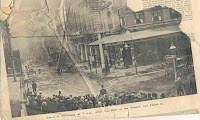
Tragically a young woman was killed when a wall at the back of the theatre collapsed upon her. She was a cleaning lady and was doing the early morning rounds of the theatre when the fire broke out.
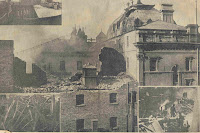
Fortunately the fire brigade managed to contain the blaze and it did not spread to other parts of the city.
JC Williamson lost 35000 pounds worth of sets and equipment, but the theatrical community pitched in and helped with a benefit performance for him and for the people who lost their jobs through the destruction of the theatre.
Naturally they rebuilt .

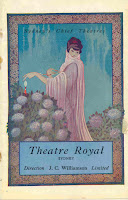

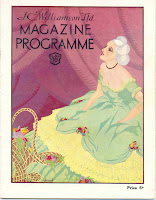


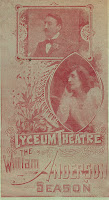
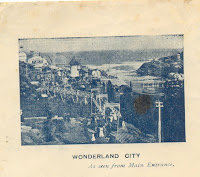
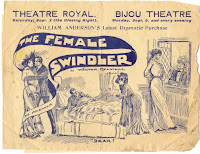

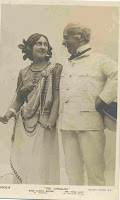

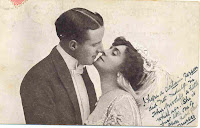







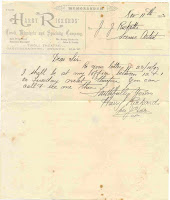
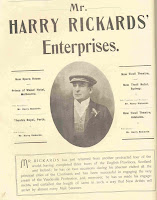 Finally, below is a 19th Century postcard of the New Opera House in Melbourne. It was later called the Tivoli and was run by Rickards. A shopping mall now stands on the site.
Finally, below is a 19th Century postcard of the New Opera House in Melbourne. It was later called the Tivoli and was run by Rickards. A shopping mall now stands on the site.